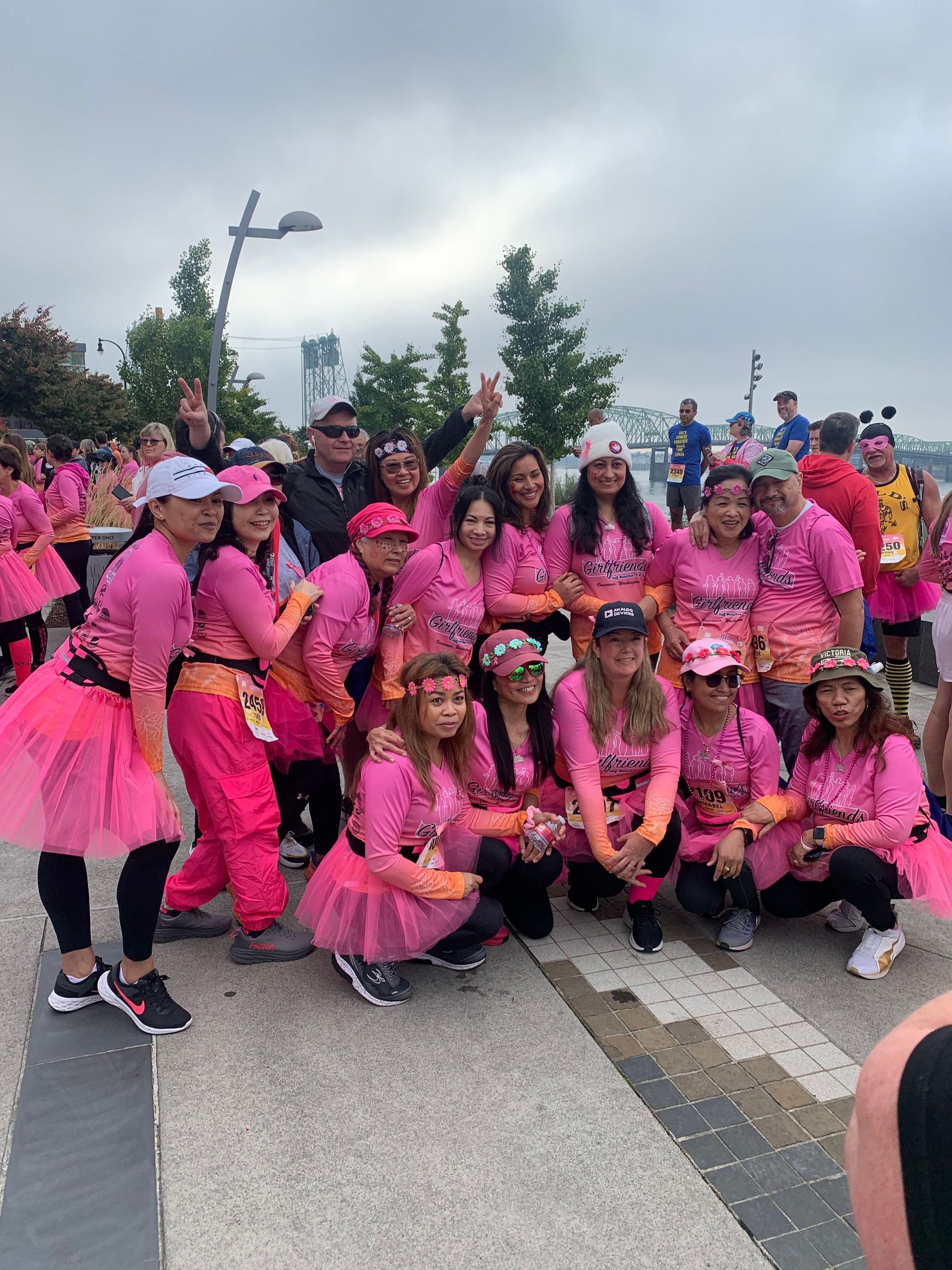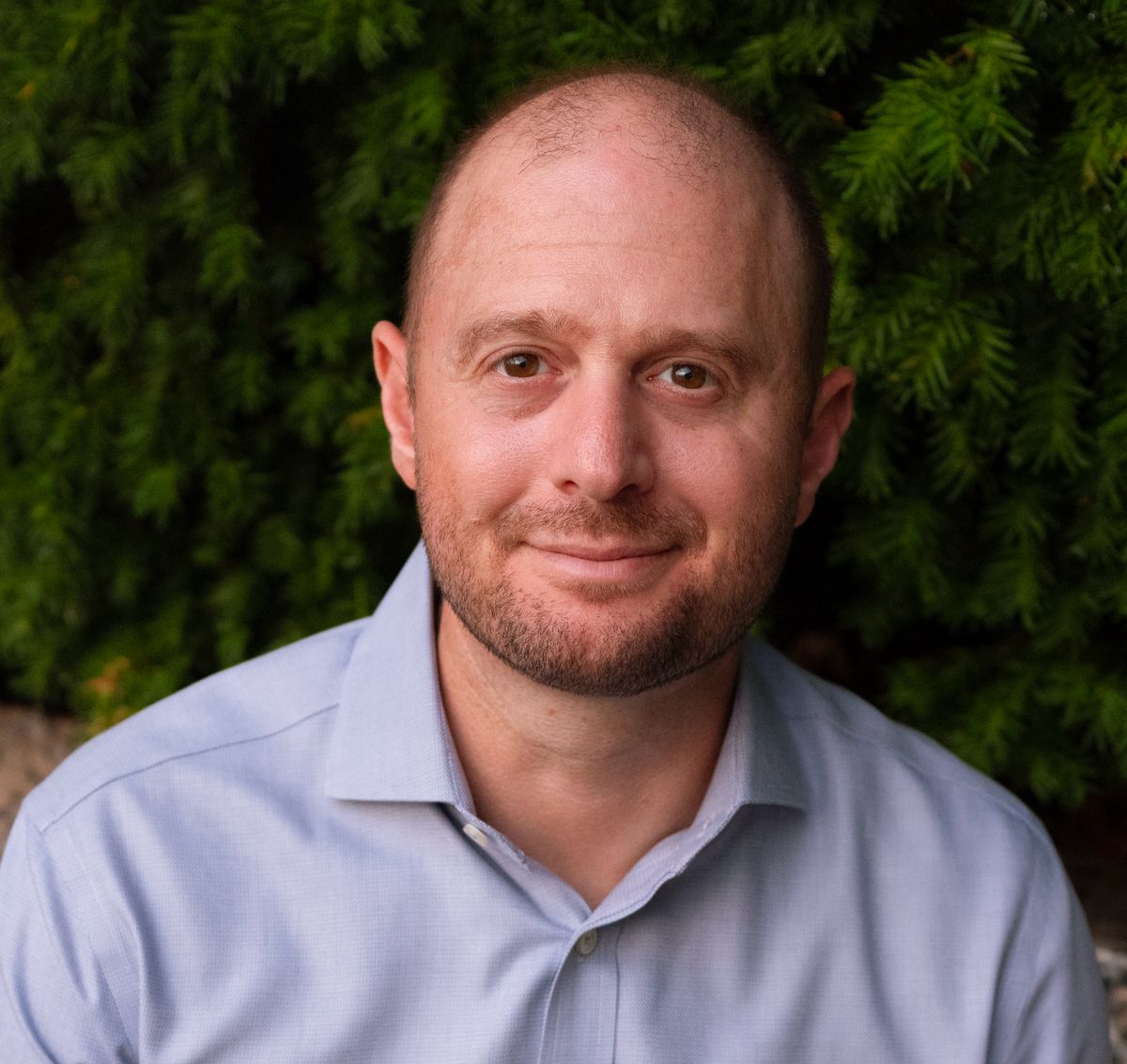Cancer is already a lonely experience. It’s becoming even more lonely.
The loneliness epidemic in cancer is largely driven by two gigantic demographic shifts in America: the decline in marriage rates and the rise in cancer among younger people.
All told, about a quarter of 40-year-olds in the country have never been married, according to Pew Research Center. It was 6% in 1980. Meanwhile, there are 107.8 cancer cases per 100,000 people under 50 years old today, up from 95.6 cases 20 years ago.
While some cancer patients and survivors are fortunate to have family around or close friends, both the data and the many doctors I’ve spoken with say the same thing: A cancer patient today is more likely to walk into an oncologist’s office on their own than just a few years ago.
As this epidemic has grown, some select hospitals across the country have been in overdrive to either establish new support programs or improve their existing offerings.
One small example of improvement is around note-taking. If you have noticed that you are getting better, more detailed “after-visit summaries” than ever before, the lack of a partner to hear guidance from doctors is one reason why hospitals have prioritized this function.
For now, however, this is the exception. Many medical groups and hospitals are struggling as they lack the resources and financial means to provide more resources for those facing cancer on their own, says Dr. Michael Roth, a professor of pediatrics at The University of Texas MD Anderson Cancer Center.
"Survivorship isn’t just physical treatment. It is about relationships and who you rely on for support. Building new relationships after what you’ve been through is really difficult, but crucial," says Dr. Roth.
In spending the last year talking to survivors – many of whom are going through cancer alone – I’ve been struck by how many people, seemingly alone, have found some form of help.
Sometimes that can come from their hospital or a large national organization. But more often, it comes from someone or somewhere in their own backyard. There are so many small grassroots organizations that have knowledge, access, and real people ready to help.

Photo courtesy of Pink Lemonade Project.
Pink Lemonade Project in Oregon and Southwest Washington is a good example of one group filling the gap. It is one of the many organizations that stepped up after Susan G. Komen closed many of its affiliates around the country.
Founded in 2010, Pink Lemonade Project focuses on breast cancer patients in SW Washington and all of Oregon. It serves an area of more than 6 million people, providing community events, direct support, and patient programs. While some organizations focus on research or changing the legislative agenda, Pink Lemonade Project is trying to find as many men and women with breast cancer as it can. And then ask, “What do you need?”
“The whole system is under more duress than ever. There is less cancer support programming being offered by cancer centers, so community-based nonprofits are stepping up and filling those gaps,” says Susan Stearns, chief executive of Pink Lemonade and a breast cancer survivor.
She says the support Pink Lemonade Project offers is trying to pick up the pieces where the health-care system leaves off. Often, this doesn’t occur during treatment when oncologists, nurses, social workers, and others are there with you every step of the way. It happens when you are trying to put your life back together after cancer treatment or living with advanced breast cancer.
Unsurprisingly, Susan says this movement into a post-treatment life is often the point at which someone gets on Pink Lemonade Project’s radar.
“You get world-class treatment and then have to figure out the next steps by yourself,” she says.
What to Do:
As for anyone who finds themselves alone, here’s what you should do, based on my reporting and Susan’s work:
– Prioritize a single stress point. For some people, this is financial, given the cost of cancer care. For others, it is mental as you process the trauma of your diagnosis and treatment. But you can’t fix all these stress points at once.
So, try to simply figure out which stress point is the priority and concentrate your efforts there.
– Find someone. Anyone. For many people, it’s clear right away that you can’t do recovery and survivorship alone. This is where a local organization, a cancer support group, or peer mentor, or even someone you just met could help. And remember that those with stronger support networks have lower risk of recurrence.
If you are one of those people who get a clean bill of health and even feel like a world beater, don’t ignore finding someone. It is going to take time to rebuild yourself, and we all have peaks and valleys. Find someone now, at your peak, so you know who to call when you head into a valley.
– Don’t discount your body. The single best thing you can do for yourself after treatment is to stay physically active, according to the American Society for Clinical Oncology. If you didn’t come up with a plan with your medical team at discharge, call them back now and get one. Being active will also help you notice any changes in your health status. If that happens, go back to your doctor and advocate for yourself. Always.
